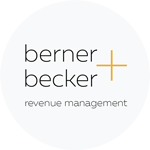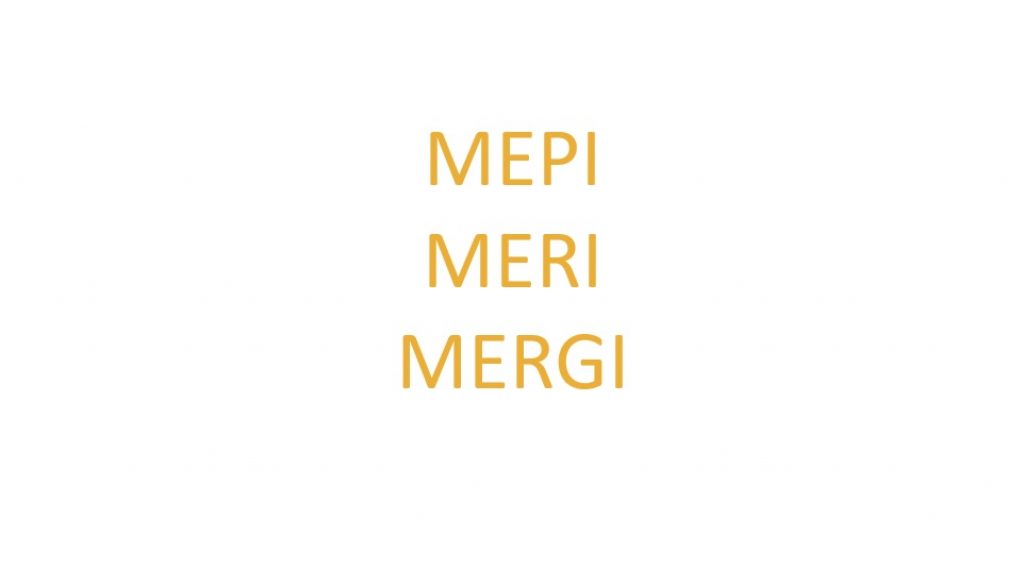Introducing market share index numbers for MICE business
I don’t want to claim that I’m the first one to address this subject. But, from my research I can conclude that there are few officially accepted “meeting, incentives, conference, exhibitions” (MICE) key performance indicators (KPIs) in general. They all seem to differ in their acronym depending on where you look and who you ask. Moreover, nowhere can I find market share index numbers defined for MICE business. Therefore, I would like to take the opportunity to introduce some index numbers that I have defined, with the hope that we see something similar introduced in the hotel industry in the coming years. The benefit of market share performance measurement is evident from the room revenue side, and I’m confident that it would be highly beneficial for MICE business as well.
Internal MICE KPIs
To start off, let’s look at some good internal KPIs that I believe hotels should be using and how to calculate them. As mentioned there are different ways to name these, but I personally think the following names are the best and most senseful to use.
ERO – Event room occupancy = occupied number of meeting rooms* / available meeting rooms. *1 full day occupied is considered 100%, half day 50%.
ERO to keep in mind however is not optimal for comparison reasons. Better for comparison is to look at square meter occupied, and I call it event space occupancy (ESO) instead.
ESO – Event space occupancy = occupied square meter (sqm)* / available sqm. *1 full day occupied is considered 100%, half day 50%.
RevPOM – Revenue per occupied sqm = revenue / occupied sqm
RevPAM – Revenue per available sqm = revenue / available sqm
RevPEC – Revenue per event customer = revenue / amount of event customers
For RevPOM, RevPAM and RevPEC, the revenue is relating to all revenue spent except the room charge and breakfast. This enables the KPI to be used for both conference guests that are in-house but also the ones not spending the night.
Other important information and data to consider in order to enable the right decision making for your group strategies are for example cut-off date, lead time, days before arrival, Wash factor, Conversion statistics, Lost/CXL/Denial reasons. These are however not calculated KPIs in the same say as the other four mentioned above. On top of these MICE specific indicators, it is always crucial to consider total RevPAR including both room and non-room related revenues when evaluating your group and meeting strategy.
MICE market share index numbers defined
Just as for room revenue, good internal KPIs to measure performance is great, but it is not enough. To know if you are applying the right strategies you also need to compare your results towards your competition.
Most hoteliers are familiar with the room revenue related index numbers: Market penetration index (MPI), average rate index (ARI) and revenue generated index (RGI). See our previous article “Why the 100 RGI market share target is often pointless” for more on those.
No one however is familiar with any MICE related index numbers. That’s because there are none. Until now.
Today I would like to introduce my suggestion for three MICE market share index KPIs that I truly hope will, if not exactly like this then in some comparable format, come to surface soon within our industry. They would indeed be a game changer for hotels in how they can measure and focus on their MICE business.
MEPI – Meeting penetration index = ESO hotel / ESO compset
MERI – Meeting rate index = RevPOM hotel / RevPOM compset
MERGI – Meeting revenue generated index = RevPAM hotel / RevPAM compset
Quite straight forward, right?
What’s needed
So how do we get there? The short answer would be “qualitative data being reported”. First, just as for room revenues, hotels must start reporting their MICE revenues and ESO. Some market share companies like MICEview, STR Global, Benchmarking Alliance and Fairmas are and have started with this and trying hard to get the hoteliers on board to report such data – and I say GO!
But before you start reporting the data you must obviously have access to it internally. You could either track these KPIs internally via data available from your PMS or sales and catering programs. Or you could use available solutions from companies like MICEview that offer a reporting and dashboard solution for tracking the data in a comprehensive way internally, as well as to compare the occupancies and client details with your competition. But, so far, no one offers the data in an index format when comparing your hotels to the competition, and this is what I would urge them to do.
Challenges
I believe one of the main challenge to get this whole thing going is hoteliers’ resistance to give out data. Some hotels prefer not to give exact information about which clients they have in their hotel, which I can understand. So, if any of the benchmarking companies would make it possible for example to enter the ESO, RevPOM and RevPAM without giving away client info, maybe that could help to overcome this challenge.
Tracking of revenue is another challenge. What goes in the MICE revenues? Some hotels would track the lunch had by the meeting participants in the restaurant as restaurant revenue, and not event revenue, whilst some other hotels would indeed track it as event revenue. Needed here would be a common standard and in my opinion, this would be best defined by the market share providers that in the end collect all the data from the different hotels. As earlier mentioned, one suggestion could be; all revenue spent by a MICE group inside the hotel excluding room charge and breakfast.
Conclusion
Since long, to manage a hotel professionally has included daily tracking of room revenue KPIs and market share index numbers. It is time for the MICE side to catch up! To get there, we need to see a collaboration between hoteliers, benchmarking and the tech-companies to push the evolution forward. Hoteliers need to track their MICE data and KPIs internally, making use of new software available on the market to facilitate their work. These systems are under constant development and can with hoteliers’ feedback continue to become even better. With good quality data being reported, market share providers can then present the data with comprehensive index numbers, finally enabling hoteliers to compare their MICE performance against the competition. And, I happily invite them to use the ones here defined: MEPI – MERI – MERGI!




